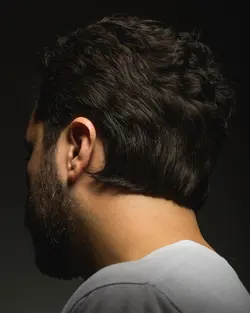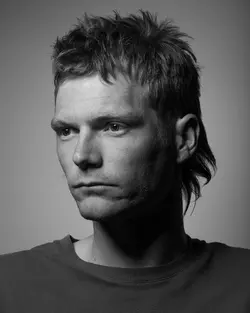It's odd that you ask this: less than a week ago, I wrote one of my "musings about ______" things, and never posted it, but I have to say, I DO believe that sheer power output levels can push many digitial sensors into a level of signal where the exposure is AMPLE, and generous, and the files look very good.
Imagine a room lighted by one, 100-Watt bulb in a single, round white globe-shaped ceiling fixture, as opposed to the same room lighted by a massive 4 x 6 foot overhead, ceiling-mounted, six-tube fluorescent panel.
Here is what I wrote a week ago, but decided not to post:
One of the things the Norman 200B and 400B did "back in the day" was to bring a LOT of flash power to portable, electronic flash. As fmw mentioned, the size of the light source becomes pretty big when a flash is fired off of a reflector the size of a wall, or a ceiling. In most bounce flash scenarios, the size of the light source becomes say 2 feet by 4 feet or 3 by 5 feet, so somewhere between 8 to 15 square feet: in essence, the size of a medium to large softbox, or a big umbrella.
>>SNIPPED section>>>
There's big difference between small, low-powered and medium-powered speedlights, and POWERFUL flash units like the old Sunpak (most-powerful handle-mount flash ever made, delivers about the same f/stop as many 400 Watt-second monolights with comparable angular coverage), or the Norman 400, or a Speedotron, Dynalite, or White Lighting studio flash unit; there is "a look" to bounce flash done when a really, really kick-a$$ flash is providing the light. It is part of that quality of the light thing. With a powerful flash burst, bounced light does not come from one, small place, but comes in from more angles, from more surfaces. The difference is like reading a book under a big fluorescent light panel, or reading that same book by the light from a small desk lamp; there's a real difference in the quality of the light."
***********
MY own personal experience is that YES, the level of the light fired indoors can affect the way the photo looks, and the way it turns out. You can light a room totally UP! with a single 1,200 Watt-second flash fired off a ceiling, and the images look one way; in the same room, if you fire a medium-powered Nikon SB-600 speedlight off the ceiling, the pictures will look different, in several ways.
There is a BIG difference in the pictures you will get in a 16-foot-ceilinged room if you fire a 600 Watt-second Speedotron M11 flash into one ceiling/corner junction, and the pictures you get in the same room, but lighting with a 1/8th as powerful speedlight flash, even if both flash units are aimed in the same corner. That is my experience.

















